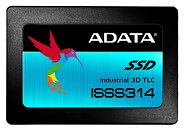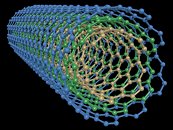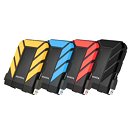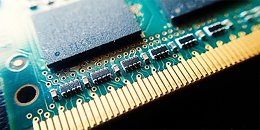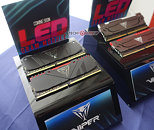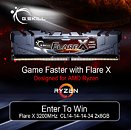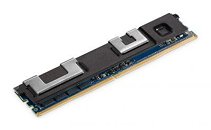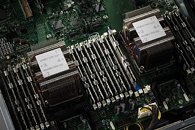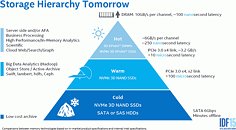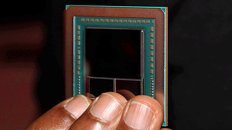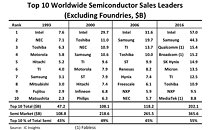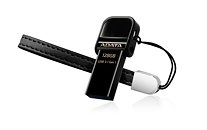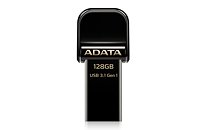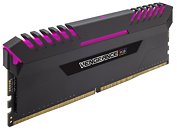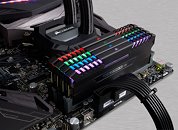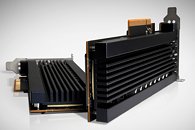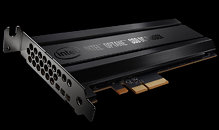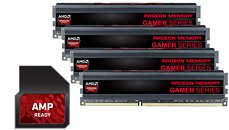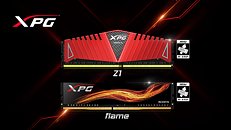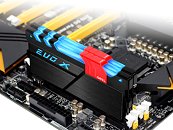
ADATA Launches ISSS314 Industrial-Grade SSDs in 3D MLC and 3D TLC NAND Versions
ADATA Technology, a leading manufacturer of highperformance DRAM modules and NAND Flash products,today launched industrial-grade ISSS314 solid state drives in 3D MLC and 3D TLC versions. All models can withstand a wide temperature range, extreme shocks and vibrations, as well as humidity to meet the needs of industrial users. Using hardened and carefully sorted components, ISSS314 SSDs consume just 2.5W to lower operating costs while providing speedy 560 MB/s read and 520 MB/s write. They are offered in 3D MLC and 3D TLC NAND plus capacities ranging from 32GB to 512 GB in order to better cover and serve as many budgets and needs as possible.
The increased durability and power efficiency of stacked NAND Flash compared to older planar NAND offers very appealing advantages in applications that require non-stop and long term use. The ISSS314 range has an MTBF of 2 million hours, which is 25% more than comparable 2D NAND drives. At the same time, they consume just 2.5W per drive while reaching 512 GB in capacity. Modest power draw translates into major electricity savings over the life of the drive, especially in large installations where many units are needed. Across the range, ISSS314 drives reach 560 MB/s read and 520 MB/s write.
The increased durability and power efficiency of stacked NAND Flash compared to older planar NAND offers very appealing advantages in applications that require non-stop and long term use. The ISSS314 range has an MTBF of 2 million hours, which is 25% more than comparable 2D NAND drives. At the same time, they consume just 2.5W per drive while reaching 512 GB in capacity. Modest power draw translates into major electricity savings over the life of the drive, especially in large installations where many units are needed. Across the range, ISSS314 drives reach 560 MB/s read and 520 MB/s write.

